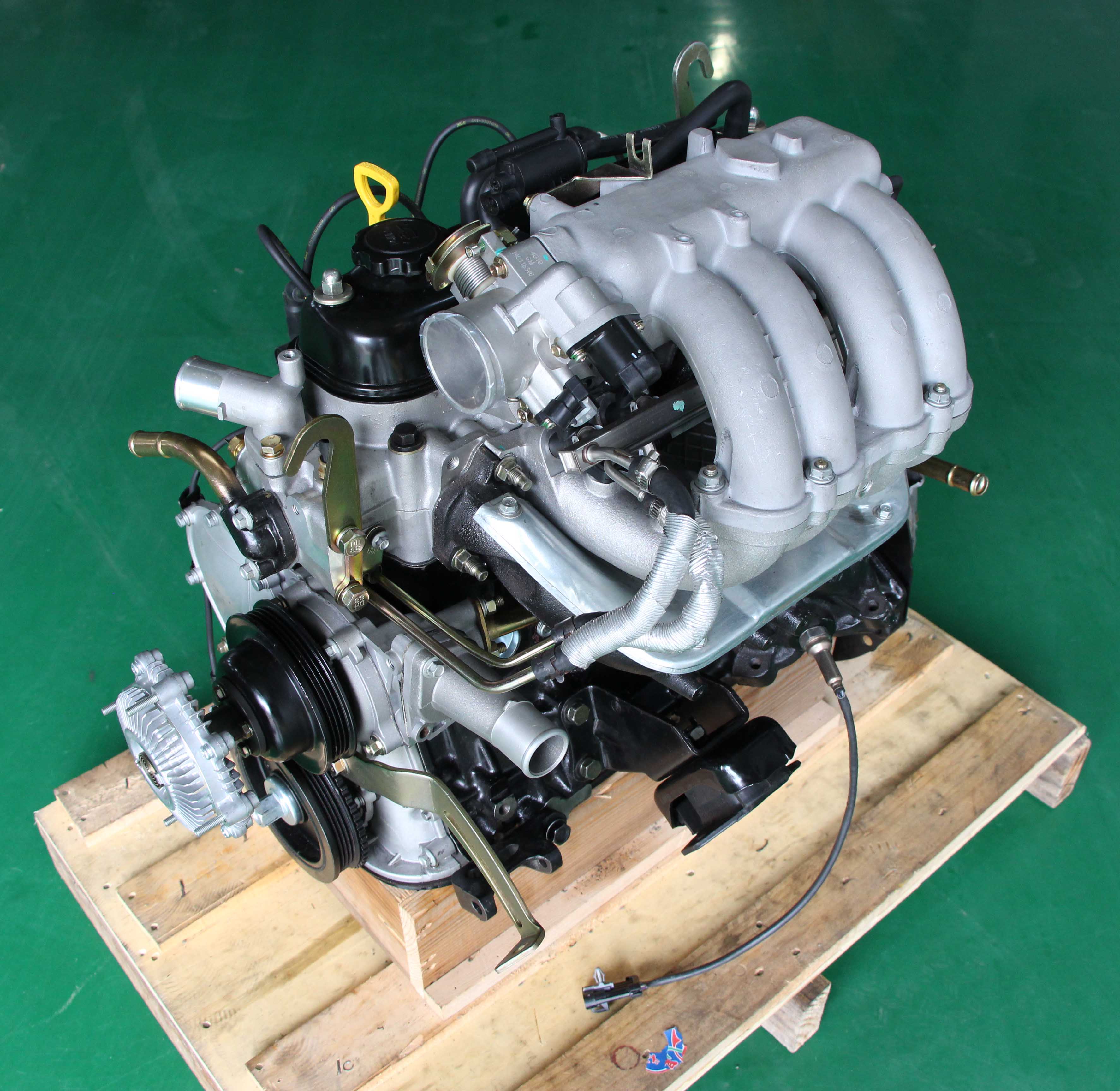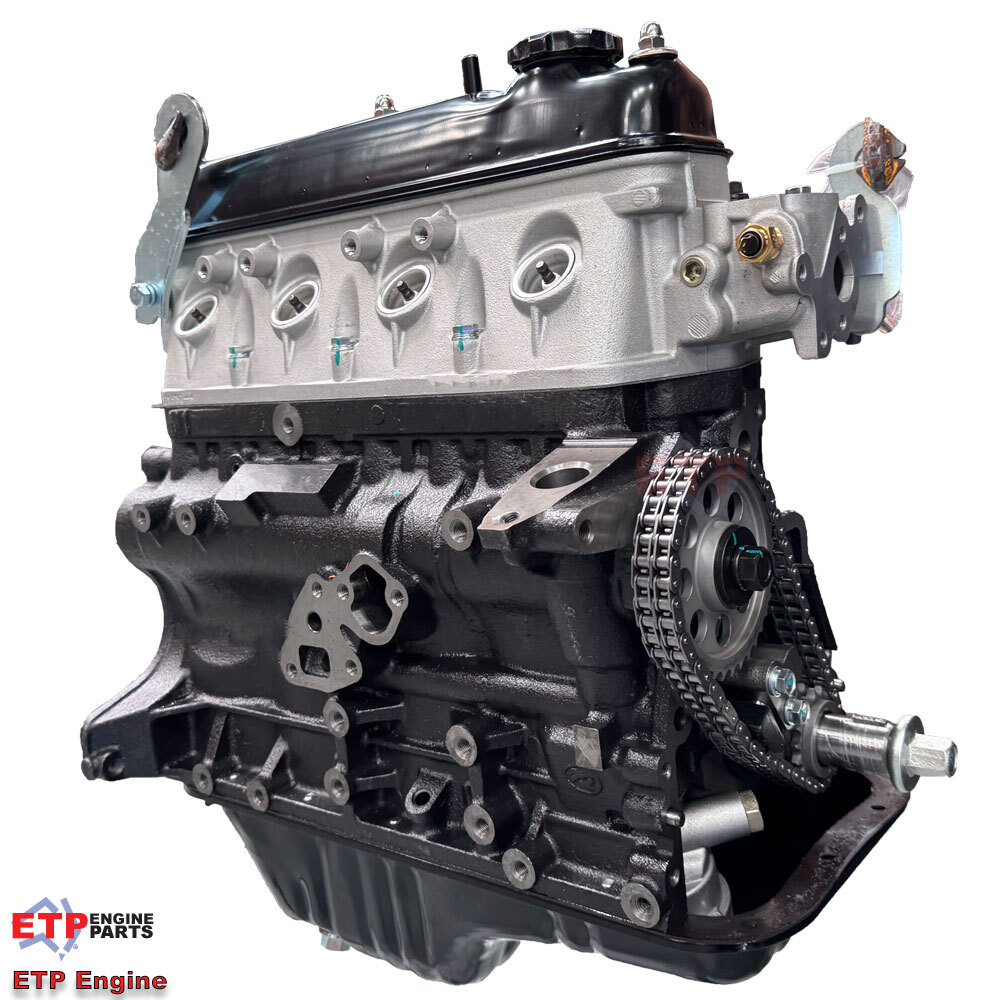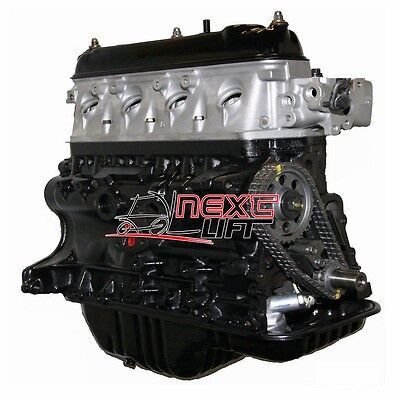How to Maximize Fuel Economy with Your 4Y Engine
Wiki Article
Discovering the Various Sorts Of Engine: Which One Fits Your Needs?
Internal combustion engines continue to control due to their dependability, while electric engines are gaining traction for their sustainability. Crossbreed engines provide a versatile concession, and diesel engines stand out for their power in requiring applications.
Internal Burning Engines
Interior combustion engines (ICEs) are the foundation of modern transport, powering a vast array of lorries from vehicles to aircrafts. These engines operate on the principle of transforming gas into power with a collection of controlled surges within a combustion chamber. One of the most typical sorts of ICEs consist of gasoline engines, diesel motor, and rotary engines, each created to satisfy particular efficiency and effectiveness demands.Gasoline engines typically use trigger ignition, while diesel engines rely upon compression ignition, resulting in unique differences in fuel performance and power output (4y engine). Rotary engines, or Wankel engines, supply a compact style and smooth procedure, but are much less generally used in mainstream applications
ICEs have undertaken substantial advancements in modern technology, consisting of the intro of turbocharging and gas injection systems, which boost general performance and efficiency. Despite their effectiveness enhancements, ICEs deal with increasing examination due to their ecological effect, particularly relating to greenhouse gas emissions.
Electric Engines
As issues concerning ecological sustainability and nonrenewable fuel source dependency grow, electrical engines have become a compelling option to interior combustion engines. These engines utilize electrical motors powered by batteries or gas cells, supplying a cleaner and extra efficient methods of propulsion.Among the main advantages of electrical engines is their minimized discharges. Unlike standard engines that shed fossil fuels, electrical engines create zero tailpipe exhausts, significantly lowering air contamination and adding to improved public wellness. Furthermore, the efficiency of electrical motors commonly exceeds that of internal burning engines, converting a better proportion of power from the power source right into useful energy for activity.
Electric engines are likewise remarkable for their peaceful procedure, making them perfect for city atmospheres. 4y engine. The simpleness of their style causes fewer relocating parts, which can cause lowered upkeep prices and raised reliability gradually
Nevertheless, difficulties continue to be, consisting of battery production influences, charging framework, and range restrictions. Despite these obstacles, the expanding financial investment in electric automobile technology and sustainable power resources points toward an appealing future for electrical engines, positioned to play an essential function in the change towards sustainable transport.
Hybrid Engines
Blending the benefits of both electrical and traditional inner burning engines, hybrid engines stand for a versatile service in the mission for reliable and lasting transport. These engines integrate a fuel or diesel engine with an electric motor, allowing for enhanced fuel effectiveness and lowered discharges contrasted to standard vehicles.Hybrid engines operate in several modes, making use of the electrical motor for low-speed driving and the internal combustion engine for greater rates or when even more power is required. This vibrant operation not just improves gas economic situation but also adds to a smoother driving experience. Regenerative braking is one more essential function, recording energy typically lost throughout braking and redirecting it to charge the battery.

As consumers increasingly focus on eco-friendliness, hybrid engines stand out as a sensible option, providing a reliable equilibrium of performance, performance, and environmental responsibility. This flexibility makes them appropriate for metropolitan commuting and long-distance traveling alike.
Diesel Engines
Performance and power are hallmarks of diesel motor, which have long been favored for their effectiveness and fuel economy. These engines operate the principle of compression ignition, where air is pressed to a high temperature prior to fuel is infused, igniting it without the demand for ignition system. This procedure enables diesel motor to achieve greater thermal special info efficiency contrasted to fuel engines, equating right into much better fuel mileage and reduced carbon dioxide discharges.Diesel motor are specifically well-suited for durable applications such as vehicles, buses, and commercial equipment, where torque and resilience are vital. Their layout generally includes stronger elements to hold up against the greater pressures generated during procedure, leading to longer life span and reduced maintenance costs.

Alternative Gas Engines
While diesel motor have lengthy controlled the landscape of durable source of Clicking Here power, alternate fuel engines are obtaining grip as practical options for an extra lasting future. These engines use a variety of gas, such as compressed natural gas (CNG), hydrogen, propane, and ethanol, intending to reduce greenhouse gas exhausts and reliance on fossil fuels.One substantial advantage of different fuel engines is their potential to reduced carbon footprints. CNG engines discharge fewer toxins compared to typical diesel engines, making them appropriate for city transportation systems and fleets seeking to improve air quality. Ethanol, originated from biomass, not only lowers discharges yet likewise supports agricultural economies.
Hydrogen gas cells represent a sophisticated advancement in this realm, offering zero-emission power through a chain reaction between hydrogen and oxygen. However, difficulties such as framework growth and production expenses continue to be challenges to extensive fostering - 4y engine.
Conclusion
Internal combustion engines provide dependability, while electrical engines focus on sustainability and reduced maintenance. Hybrid engines combine the benefits of both, boosting effectiveness, whereas diesel engines supply exceptional power and torque for heavy-duty applications.Crossbreed engines supply a flexible compromise, and diesel engines stand out for their power in demanding applications. The most usual kinds of ICEs include fuel engines, diesel engines, and rotating engines, each developed to meet specific efficiency and effectiveness needs.
Unlike typical engines that shed fossil fuels, electrical engines create zero tailpipe emissions, considerably decreasing air contamination and contributing to boosted public health and wellness.Crossbreed engines run in several settings, utilizing the electrical motor for low-speed driving and the interior burning engine for higher rates or when even more power is needed. Crossbreed engines combine the benefits of both, enhancing performance, whereas diesel engines supply superior power and torque for sturdy applications.
Report this wiki page